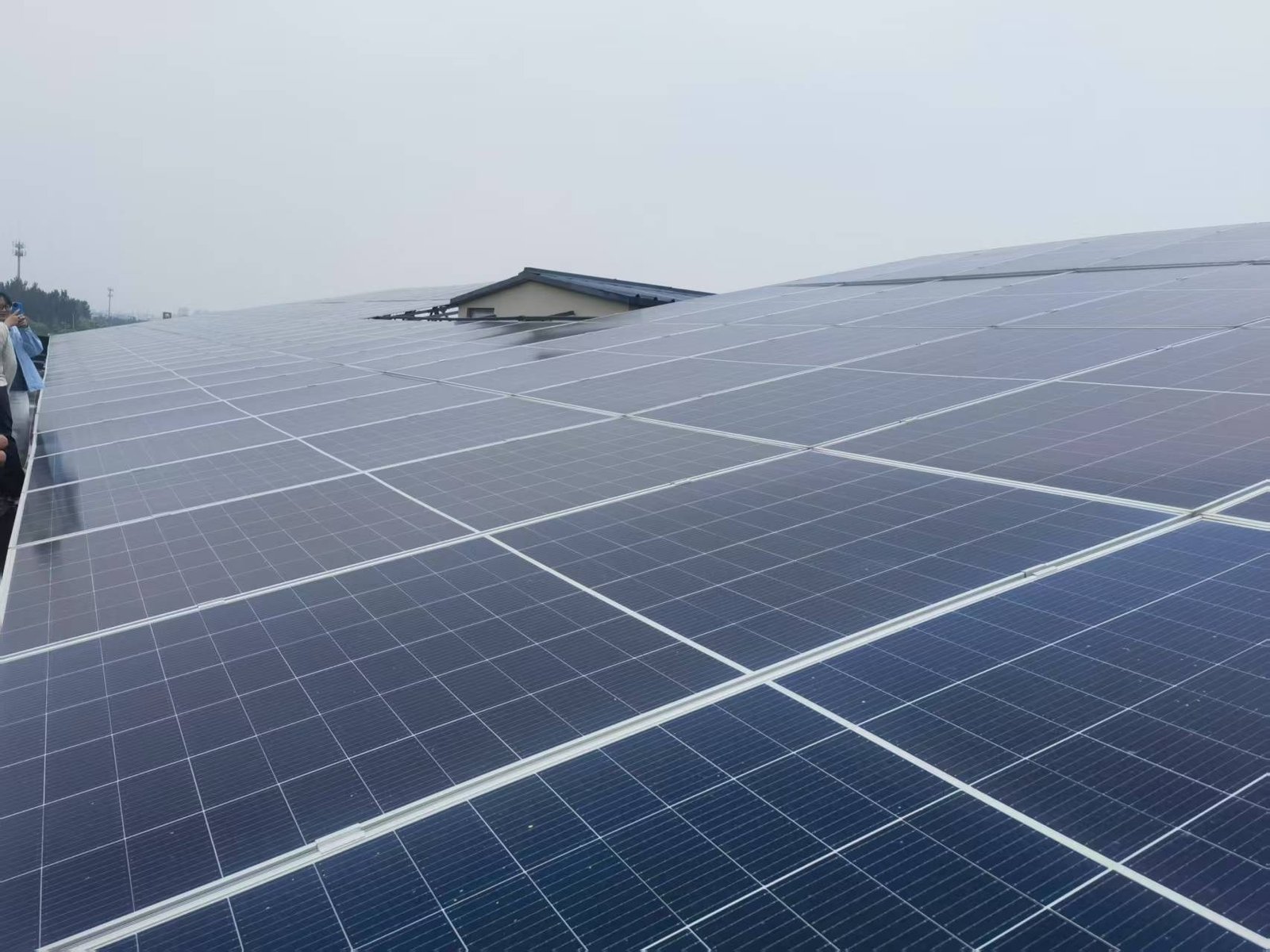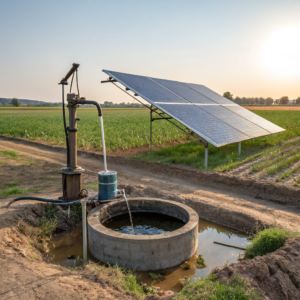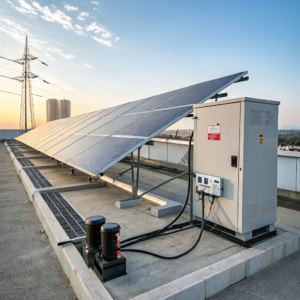PID Effect in Solar Panels: The Silent Degrader of Performance
•
Why do some solar systems lose up to 30% of their output within just a few years? Potential Induced Degradation (PID) could be stealthily eroding your solar investment.
PID occurs when voltage potential between solar cells and grounded frames drives ion migration, causing power losses of 15-30% - often undetected by standard monitoring systems.
This invisible threat affects both new and old installations, making PID awareness crucial for protecting solar system performance and longevity.
What Is Potential Induced Degradation (PID)?
What exactly happens inside solar panels when PID strikes? The electrochemical process reveals surprising vulnerabilities in modern PV technology.
PID occurs when voltage differences exceeding 600V between solar cells and grounded frames cause sodium ions to migrate, creating leakage currents that degrade cell performance and shunt resistance.
The Science Behind PID
-
Root Causes
- High system voltages (>1000V)
- Negative grounding configurations
- High humidity environments
-
Impact Timeline Timeframe Typical Power Loss 6 months 5-10% 2 years 15-25% 5 years Up to 50% -
Detection Challenges
- Gradual degradation often missed
- Requires specialized IV curve testing
- Thermal imaging shows late-stage symptoms
"Our field studies show 23% of utility-scale systems experience measurable PID within 3 years, with losses averaging 18%" - PVEL PID Research Report
Which Conditions and Panels Are More Susceptible to PID?
Are some solar installations at greater PID risk? Certain system designs and environmental factors dramatically increase vulnerability.
Thin-film and polycrystalline panels show higher PID susceptibility than monocrystalline, while high humidity coastal areas and systems with negative grounding face greatest risks.
Risk Factor Analysis
-
Panel Technology Risks Panel Type Relative PID Risk Thin-film High (3-5x baseline) Polycrystalline Moderate (2-3x) Monocrystalline PERC Low (1-1.5x) -
Environmental Factors
- Coastal regions (+40% risk)
- Tropical climates (+35%)
- Industrial areas (pollution)
-
System Design Risks
- String voltages >1000V
- Negative grounding
- Poor quality encapsulants
Critical Finding: Nighttime PID occurs even when systems are offline, as voltage potential remains active without reverse current flow from inverters.
How to Prevent and Mitigate PID in Solar Systems?
Can PID be stopped before it damages your solar investment? Modern solutions offer effective protection at multiple system levels.
PID prevention requires: PID-resistant solar panels, active PID recovery inverters, proper system grounding (positive), and periodic PID testing with IV curve tracers.
Comprehensive PID Solutions
-
Preventive Measures
- Specify PID-resistant panels (tested to IEC 62804)
- Use positive grounding configurations
- Install humidity barriers
-
Active Mitigation Technology How It Works PID Recovery Inverters Applies reverse voltage at night External PID Boxes Temporary high-voltage treatment Active PID Controllers Continuous voltage optimization -
Monitoring Protocol
- Annual IV curve testing
- Quarterly infrared inspections
- Real-time string monitoring
Best Practice: Combining PID-resistant panels with active recovery inverters provides 95%+ protection, with treatment costs under $0.01/W for most systems.
Conclusion
While PID poses a serious threat to solar performance, modern technologies and proactive maintenance can effectively neutralize this silent efficiency killer.





